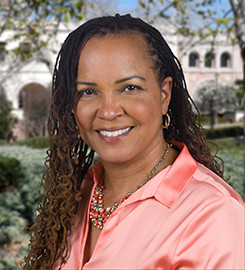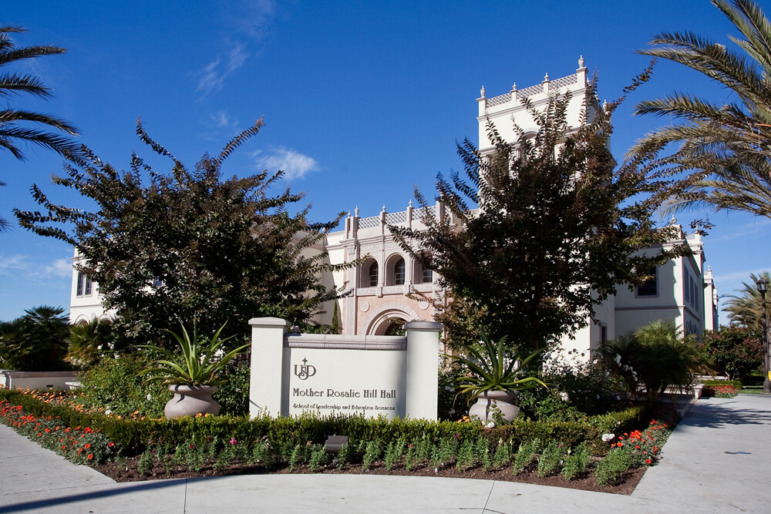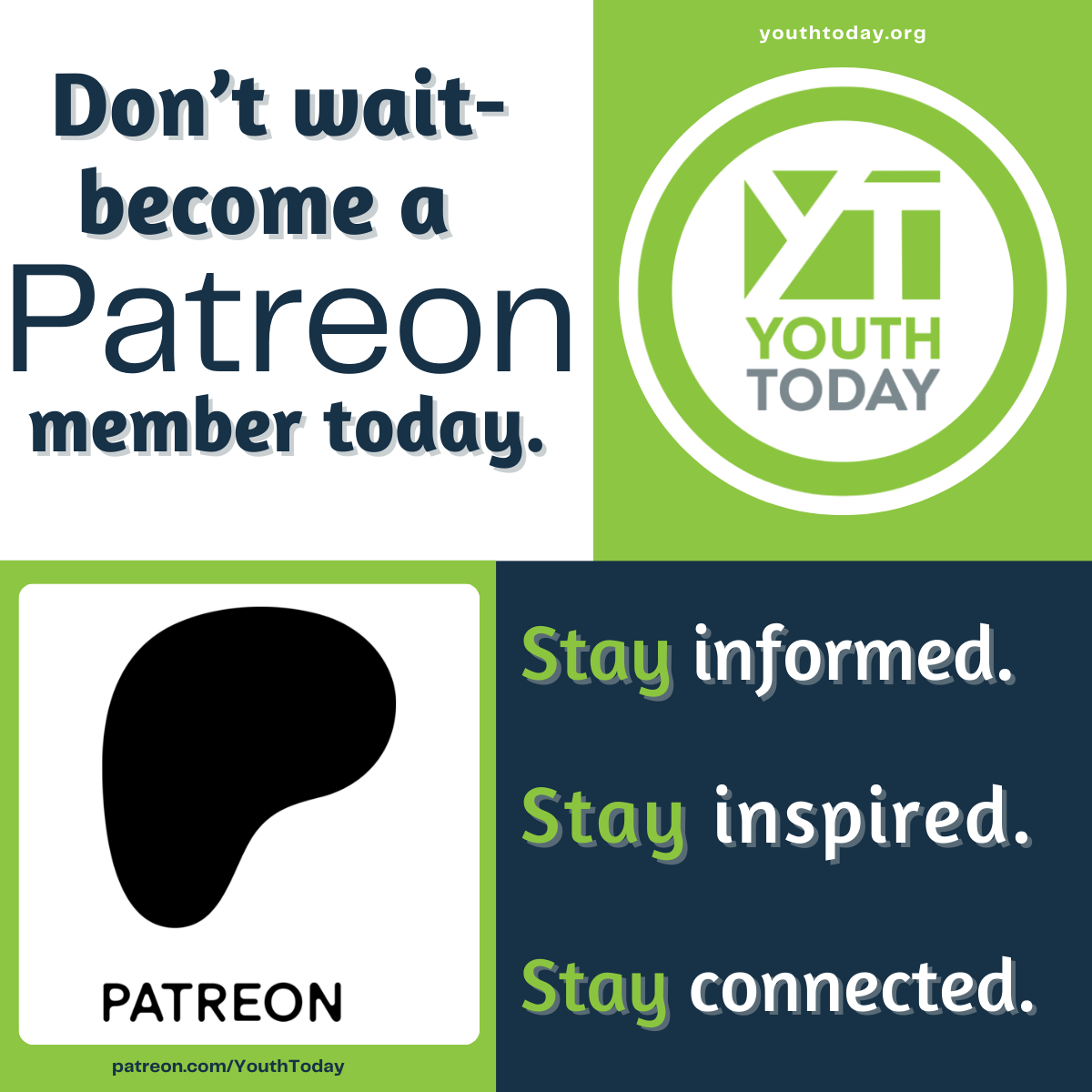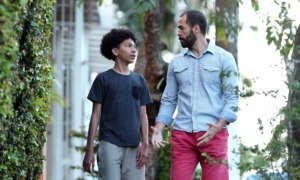This story was produced by The Hechinger Report, a nonprofit, nonpartisan news outlet focused on education.
Neurodiversity is the idea that everybody’s brains work differently and that such differences are normal. “There are a lot of challenges that come with being neurodivergent, but there’s also a lot of potential,” said the dean of the University of San Diego’s School of Leadership and Education Sciences, Kimberly White-Smith.Credit: Arielle Bader for the Hechinger Report
Niki Elliott skipped the fifth grade. She was so smart that she could have skipped another, she said, but her mother didn’t want her in class with older boys.*
And so she was always bored in school. She had a “near photographic” memory and didn’t need to study, she said, so she never learned how to. She remembers finishing her assignments in five minutes and spending the next 30 waiting for her classmates to catch up.
When she got to college, where classes were much more difficult, she said, “I really had a big crash and burn.”
Elliott is what’s now called twice exceptional, a term used to refer to children who are gifted in some areas, but also experience a learning or developmental challenge. In Elliott’s case, that challenge was attention deficit/hyperactivity disorder which made it difficult for her to manage her time and focus her attention.
She remembers being in college and thinking, “People told me I was so smart, but why am I struggling so hard?”
University of San Diego professors are developing programs to help empower neurodivergent students to thrive in college and career
She became a special education teacher, and said she never stops thinking about how to create a world in which a young Black student like herself could be taught to work with (instead of against) her learning differences, to reach her full potential. Now, a clinical professor in the School of Leadership and Education Sciences at the University of San Diego, she’s helping to open, in August, the school’s Center for Embodied Equity and Neurodiversity.

Courtesy of University of San Diego
Niki Elliott, a professor in the School of Leadership and Education Sciences at the University of San Diego, is helping to open the school’s Center for Embodied Equity and Neurodiversity, designed to generate better support for college students with learning differences.
At its simplest, neurodiversity is the idea that everybody’s brains work differently, and that these differences are normal. Neurodivergent, which is not a medical diagnosis, is an umbrella term that refers to people who have autism spectrum disorder, ADHD, dyslexia, or other atypical ways of thinking, learning and interacting with others.
“Embodied equity,” the other term in the new center’s name, refers to an anti-discrimination approach that considers all aspects of people’s identities — including race, gender, ability, socioeconomic status — when addressing social problems.
“Who gets to develop the genius?” Elliot said. “Who gets the constraint? Who gets pushed more toward the social conformity? And how do we create a space for all learners to thrive according to their unique design?”
Elliott said the center’s work will fall into four main categories: training K-12 teachers and education support staffers, training community college educators, working on policy issues that affect neurodivergent students and offering programs to set up neurodivergent students for success in college and the workplace.
The training is being funded through contracts with schools, colleges and other organizations; additional costs will be covered by grants from philanthropic foundations, Elliott said.
“We really have to work to change the mindset of faculty to understand the ways in which these adaptations to their delivery and development of content could make all the difference for so many more highly bright and capable students to thrive in higher ed,” Elliott said.
If teachers and education support staff are equipped with strategies to help students whose brains work differently, Elliott hopes that more of these students will have the option to go to college. With access to programs designed to help them transition beyond high school, more neurodivergent students will have the skills they need to succeed when they get there, Elliot said.
As the public understanding of brain differences expands, college leaders are trying new strategies to help make campuses more hospitable to neurodivergent students.
At the University of California, Berkeley, Lisa García Bedolla, vice provost for graduate studies, convened a task force to identify the needs of neurodivergent graduate students. The task force is focused on medical care and access to screenings or assessments; disability accommodations for students and for employees, because grad students often work for the university in some capacity; and potential changes to the curriculum.

Courtesy of University of San Diego
A new Center for Embodied Equity and Neurodiversity, part of the University of San Diego’s School of Leadership and Education Sciences, will train teachers and provide direct support for students with learning differences.
García Bedolla said that the needs of neurodivergent students force academics to confront a bias in which needless inflexibility is equated with academic rigor.
San Diego State University offers a class focused on cognitive and social differences. It’s designed for neurodivergent students or those who want to work in fields such as social work, special education or psychology. According to the course description, topics include executive functioning and time management; social cognition, context awareness and how to take on the perspective of another person; communication and relationship skills, and self-advocacy.
Inna Fishman, the founding director of SDSU’s Center for Autism and Developmental Disorders, said that although there’s been a “huge paradigm shift,” meaningful change for neurodivergent college students will take time.
“It’s one thing to ask schools to make accommodations for a learner. It’s a whole other empowering thing to help the learner take the bull by the horn and understand themselves.”
Niki Elliott, professor, School of Leadership and Education Sciences at the University of San Diego
“I don’t mean to imply that it could be done ‘like that,’” Fishman said, snapping her fingers. “I’m sure for everybody, including the big systems, like universities, it’s not a simple transition to this new way of thinking about neurodiversity.”
This work is also complicated by the fact that it’s virtually impossible to know exactly how many students stand to benefit. In part that’s because definitions of neurodivergence vary.
Many experts believe the number of students with brain differences that fit under the neurodivergent umbrella is growing, whether because of an increase in people with such conditions or because of reduced stigma, greater awareness and better identification of such conditions.
For example, data from the Centers for Disease Control and Prevention shows that the rate of autism spectrum disorder diagnoses has been steadily increasing since 2002. In 2020, an estimated 1 in 36 eight-year-olds had an autism spectrum disorder diagnosis. Some experts argue that the rise is the result of overdiagnosis.
Conditions such as autism can go undiagnosed for various reasons, including whether the student’s parents have been educated about such conditions or have the money and time to take their child to the appropriate doctors to be assessed.
The number of colleges where at least 5 percent of students report having a disability has risen from 510 in 2008 to 1,276 in 2022, according to data from the Integrated Postsecondary Education Data System. But this measure is imperfect: It includes students who have physical disabilities. Also, roughly two-thirds of college students with disabilities who choose not to disclose their disability to their college.
“A lot of students when they leave K-12, they want to wash their label off of them and start fresh,” Elliott said. “They want to believe that they can do well in college without it, or that they would be mistreated or stigmatized if they let people know.”

Courtesy of University of San Diego
The University of San Diego is one of several colleges around the country that are trying out new strategies to better support students with learning differences.
Experts say that students whose brains work differently often face challenges during their K-12 education; when they get to college, the challenges don’t stop, they just change.
Laudan B. Jahromi, a professor of psychology and education at Teachers College at Columbia University, said these students often struggle with what she called “cognitive flexibility,” which can affect time management, planning, prioritizing and other such organizational skills, and make college classes more difficult to manage. (The Hechinger Report is an independent unit of Teachers College.)
Fishman, at SDSU, said students with brain differences might need help taking notes, more time to take exams or to have instructions repeated to them multiple times. They might miss certain nonverbal communication or cues from their professors or peers.
Colleges offer accommodations that can help with some of these challenges, but often students can only unlock this help with a qualifying diagnosis, which can be difficult to get, depending on a student’s health insurance and access to the appropriate assessments.
Many neurodivergent students use medications, which must be taken on a certain schedule, to help manage their conditions, Elliott said. Problems arise when students’ classes are only offered at a time that doesn’t work with their medication schedule. If students need such a course to progress in their major, then they’re stuck trying to pass it in conditions that don’t make sense for them. Elliott said this can lead attrition or underperformance.
And physically being in the classroom can cause stress for students who are sensitive to factors such as flickering fluorescent lights, certain types of sounds or who have difficulty being around large groups.
Some neurodivergent people struggle with understanding social dynamics and cues, or with social anxiety. Requiring social interaction (by way of graded group projects) puts them at a disadvantage. Socialization can pose significant challenges for these students outside the classroom, too, as they navigate community living, friendships and dating.
“She didn’t have a name for what my brother was experiencing. But she knew that it was not in alignment with who he had the potential to be.”
Kimberly White-Smith, dean, School of Leadership and Education Sciences, University of San Diego
Neurodivergent college students are often left to figure out how to survive in a system designed by and for people without brain differences. The students must also be their own advocates, often without fully understanding their own needs.
“The accommodations high schoolers are getting, they don’t know that they’re getting them; they’re just used to always having them,” said Melissa Boduch, a learning specialist at Beacon College in Florida. “If a student doesn’t necessarily know what they need, they don’t know what to ask for, either.”
That problem is less common at Beacon College because its entire system is designed for neurodivergent students; accommodations are embedded in its structure. Big projects are broken into smaller parts with individual deadlines and extra time is built into the syllabi by giving students advance notice about assignments, Boduch said. Students are required to make regular visits to the Center for Student Success to meet with their learning specialist who helps them stay on top of their workload, understand the challenges they face and learn how to advocate for themselves with their professors.
Though people with brain differences have always existed, the challenges they face have not been thoroughly understood, nor have there been systems in place that could help them move through the world more easily and successfully, said Kimberly White-Smith, dean of the School of Leadership and Education Sciences at the University of San Diego, where the new Center for Embodied Equity and Neurodiversity will be housed.
White-Smith grew up in the foster care system with a brother who was nonspeaking. Because he didn’t talk, social workers thought he must not have the ability to learn and labeled him “uneducable,” she said.
Her foster mother believed he did have the ability to learn and wanted him to be able to reach his full potential. She fought to have the “uneducable” label removed and transferred both kids to Catholic school. White-Smith’s brother eventually began speaking. He did well enough in his classes to graduate from high school.
“She didn’t have a name for what my brother was experiencing. But she knew that it was not in alignment with who he had the potential to be,” White-Smith said. “We’re much more aware now than we were 40 years ago.”
“A lot of students when they leave K-12, they want to wash their label off of them and start fresh [in college].”
Niki Elliott, professor, School of Leadership and Education Sciences at the University of San Diego
As the public understanding of neurodiversity grows, White-Smith said it’s incumbent on educators and college leaders to make changes to support these students.
“There are a lot of challenges that come with being neurodivergent, but there’s also a lot of potential,” White-Smith said.
Elliott said that the new center will offer a program that will support Black students with and without brain differences starting in sixth grade. The idea is to help students understand their learning styles, what they need to be successful in school and how to advocate for themselves as they move toward college. If the students finish high school and qualify for admission to the University of San Diego, they will have a full-ride scholarship to attend.
[Related: No more cures, no more fixes: How autistic leaders are changing the therapy debate]
Next year, Elliott said the center will begin offering a summer bridge program specifically for neurodivergent students, with a similar curriculum.
“It’s one thing to ask schools to make accommodations for a learner. It’s a whole other empowering thing to help the learner take the bull by the horn and understand themselves,” Elliott said. “It’s teaching each person where their gifts are, how they contribute to a whole and how to use that to navigate a successful higher ed experience.”
***
Olivia Sanchez is a higher education reporter for The Hechinger Report. She previously covered local and state government for the Capital Gazette newspaper in Annapolis, Maryland.
This story about neurodivergent students in college was produced by The Hechinger Report, a nonprofit, independent news organization focused on inequality and innovation in education. Sign up for our higher education newsletter. Listen to our higher education podcast.
This story also appeared in Los Angeles Times.































